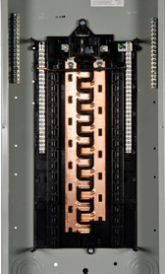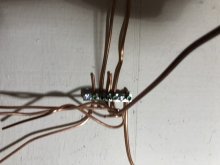I just realized that I hadn’t paid enough attention to the grounding of all my solar gear. My bus bars are rated at 500 A and I will be pushing around 350 A through my whole system.
So what size ground bar or type do I need for all my gounding connections? I need at least 12 grounding connections. Thanks
So what size ground bar or type do I need for all my gounding connections? I need at least 12 grounding connections. Thanks





